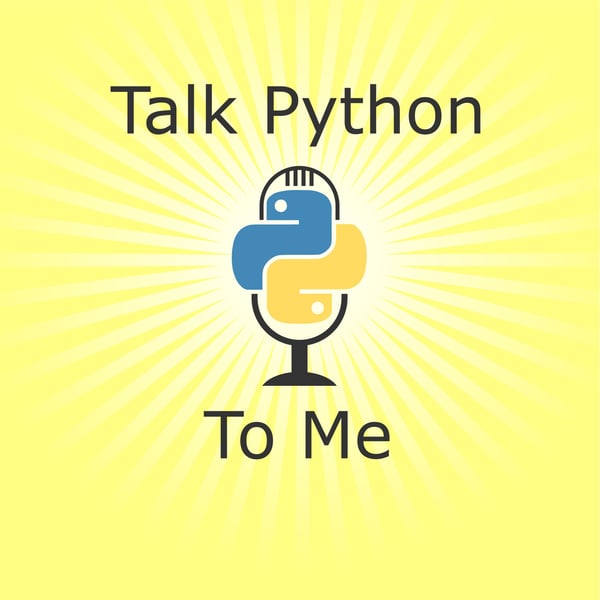#152: Understanding and using Python's AST
Talk Python To Me
Michael Kennedy
4.8 • 635 Ratings
🗓️ 23 February 2018
⏱️ 52 minutes
🧾️ Download transcript
Summary
Transcript
Click on a timestamp to play from that location
| 0:00.0 | Have you heard of ASTs or abstract syntax trees? |
| 0:03.1 | If you have, it was probably in the context of a compiler or some kind of parser. |
| 0:07.0 | They're a really powerful data structure, but we often only use them really indirectly by using those types of tools. |
| 0:12.9 | They're just such a, well, you know, abstract idea to most of us. |
| 0:16.3 | This week you'll meet Emily Morehouse. |
| 0:18.3 | She's here to make this abstract concept much more concrete and |
| 0:21.7 | discuss the places where the AST can help us write and maintain better code. This is Talk Python |
| 0:27.3 | to Me. Episode 152 on Python, the language, the libraries, the ecosystem, and the personalities. |
| 0:52.9 | This is your host, Michael Kennedy. Follow me on |
| 0:54.9 | Twitter where I'm at M. Kennedy. Keep up with the show and listen to past episodes at talk |
| 0:59.1 | python.fm and follow the show on Twitter via at Talk Python. This episode is brought to you by |
| 1:04.8 | Park My Cloud and Rollbar. Please check out what they're offering during their segments. It really |
| 1:09.1 | helps support the show. Emily, welcome to Talk Python. Hello. How are you doing? I'm doing really segments. It really helps support the show. |
| 1:15.2 | Emily, welcome to Talk Python. Hello, how are you doing? I'm doing really well. It was so nice to meet you in Vancouver and I really enjoyed the talk that you gave about the abstract syntax tree. You made |
| 1:21.3 | this abstract. A kind of concrete. It was nice. Thank you. Yeah, I've gotten some really, |
| 1:25.0 | really positive feedback from it. So I was very happy to be a part of it. |
| 1:28.6 | Yeah, it was really cool. And we're going to talk all about the AST and what it means in Python, where it comes in, how you can actually leverage it to do all sorts of cool stuff. But before we get to all those things, let's start with your story. How did you get into programming in Python. So I kind of stumbled into it. I was a student at Florida State University. I was |
| 1:45.6 | actually studying theater and biochemistry. And I did an internship. That's quite the mix. |
| 1:51.3 | Yeah. Yeah. But I did an internship at a lab and realized that I could not see myself doing |
| 1:57.7 | biochemistry for the rest of my life. I also knew that I wasn't going to make a |
| 2:01.0 | whole lot of money doing theater. So I was really interested in forensics, so I figured if I |
| 2:05.7 | couldn't do the biochem side, that I would go to the criminology side. So it started in criminology, |
... |
Please login to see the full transcript.
Disclaimer: The podcast and artwork embedded on this page are from Michael Kennedy, and are the property of its owner and not affiliated with or endorsed by Tapesearch.
Generated transcripts are the property of Michael Kennedy and are distributed freely under the Fair Use doctrine. Transcripts generated by Tapesearch are not guaranteed to be accurate.
Copyright © Tapesearch 2025.

